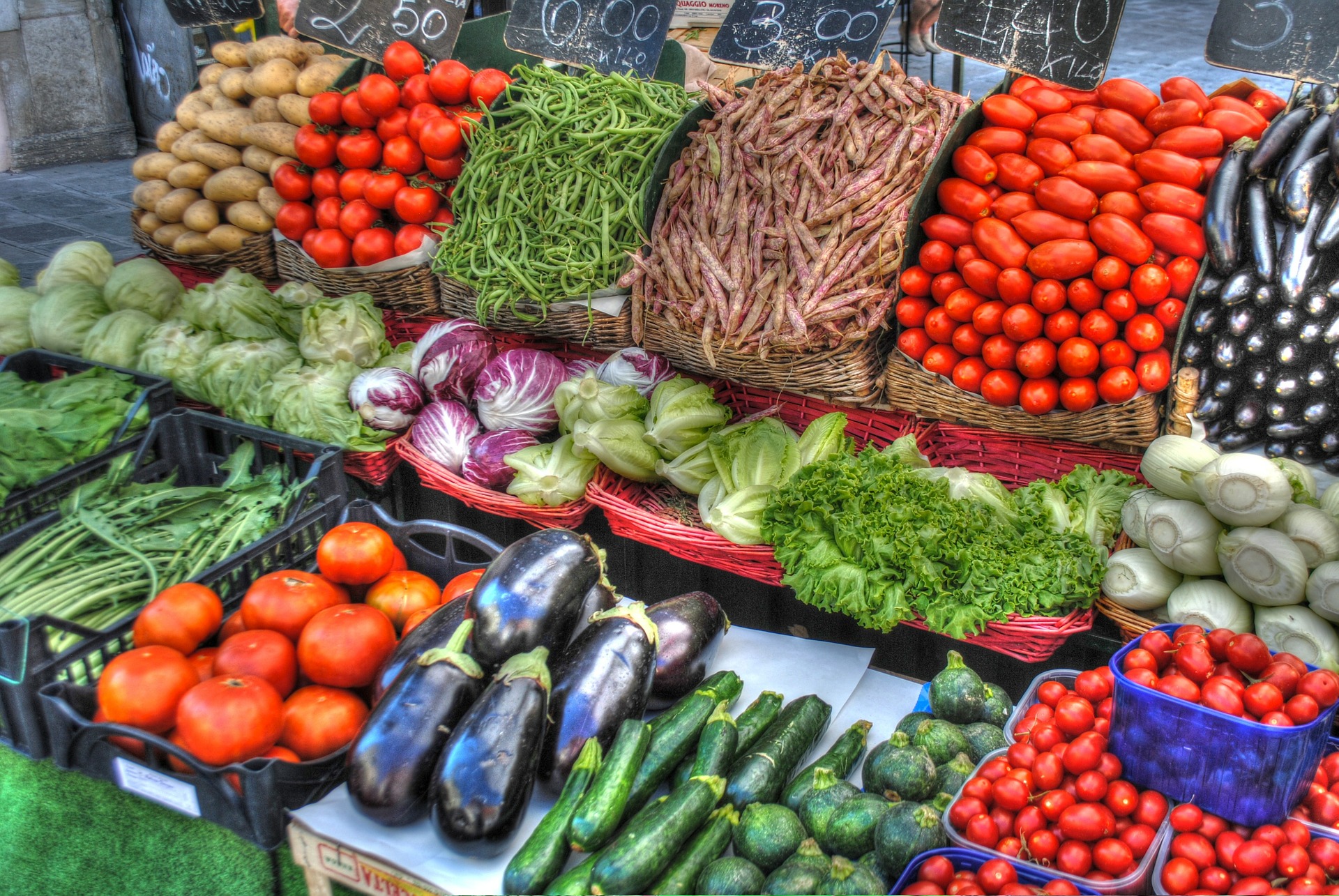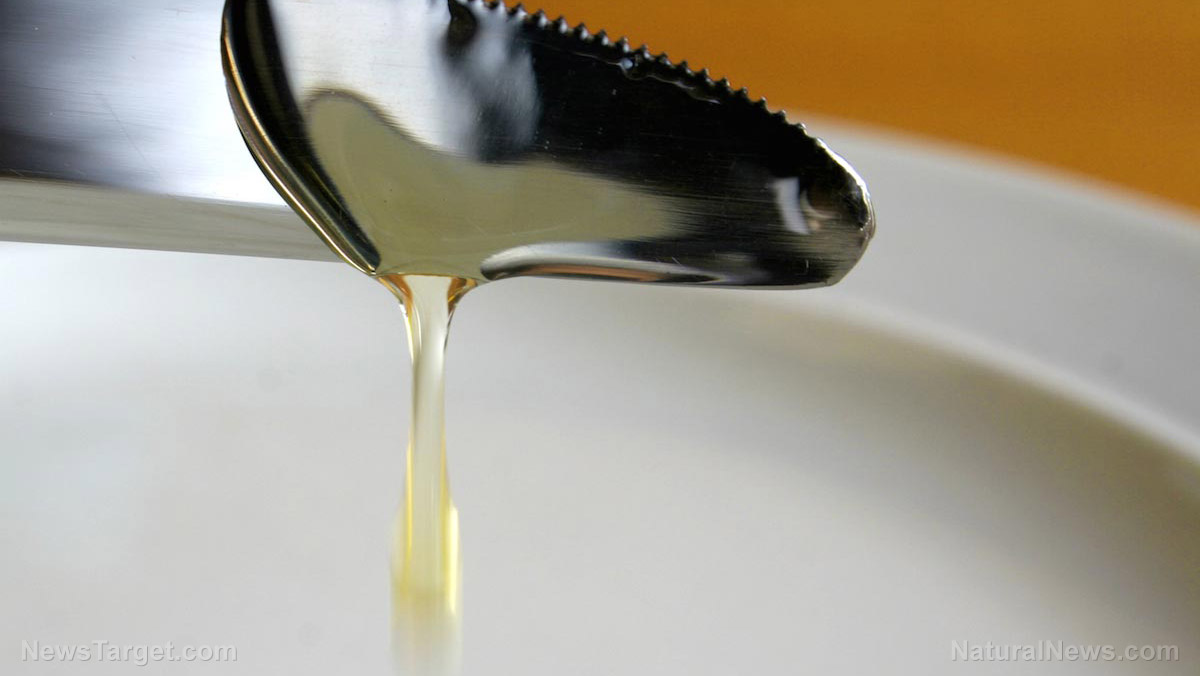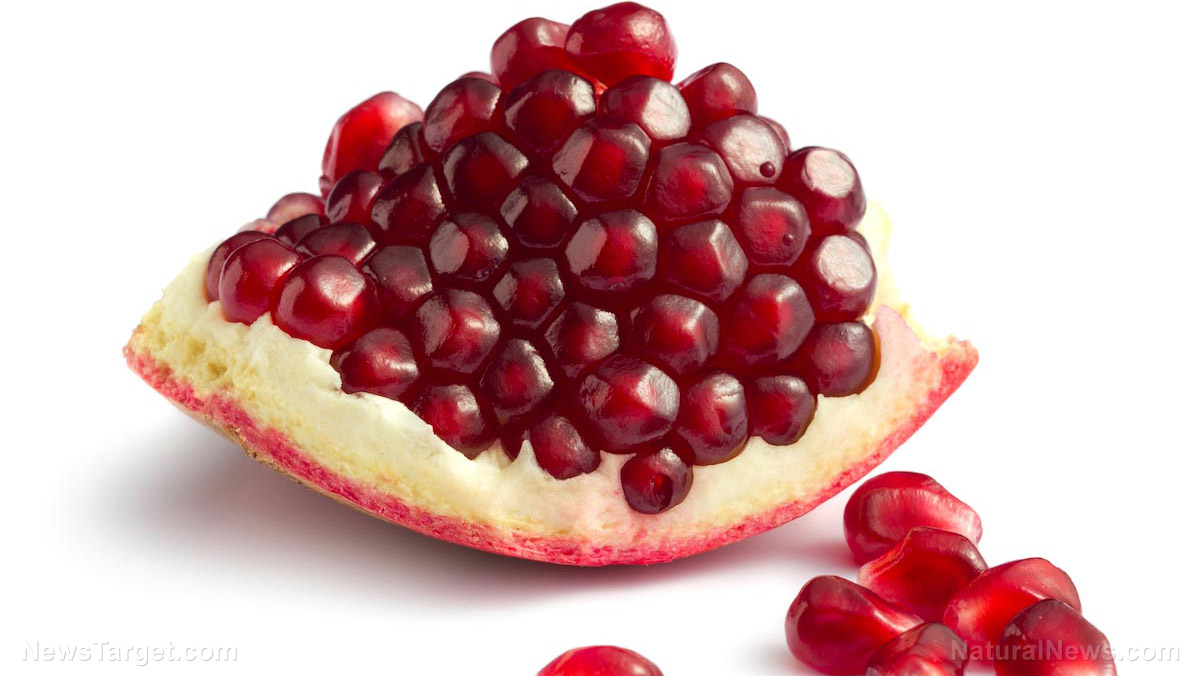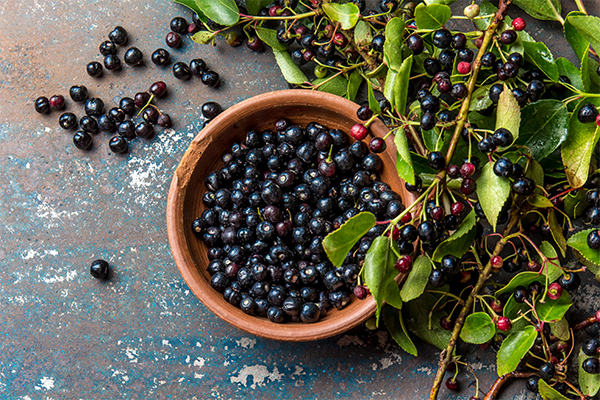Fructose can cause far more damage than glucose
05/29/2019 / By Ralph Flores

Sugar is more complicated than it lets on. For one, the sweet-tasting carbohydrate is a paradox in itself: It’s found in nature – plants are great sources of it – but it’s also a risk factor in many chronic diseases, and as recent studies put it, a substance as damaging and addictive as alcohol.
In particular, researchers reveal that fructose, a sugar abundant in many forms of fruit, can be more detrimental to the body than glucose – if consumed in its industrially processed isolate form.
A tale of two sugars
You’ve probably heard someone say that sugar is bad – which it definitely is. But what you haven’t heard is which sugar is bad, and where it’s found, thanks to the sugar industry working tirelessly to hide it in plain sight. Of course, while a quick search on the Natural News site can provide you with a wealth of information on which foods are really hidden sugar bombs or how energy bars are worse than a candy bar, it’s worth understanding which types of sugar are present in the food you eat and what it does to your body.
A great way to learn about the kinds of sugar that you eat is to classify each in terms of molecular structure. Monosaccharides refer to those made up of a single sugar molecule. These include:
- Glucose, the main sugar in the blood (also called blood sugar)
- Fructose, the sugar present in most plants and some fruits
- Galactose, a non-essential sugar that the body synthesizes from glucose
When these simple sugars are joined together with a chemical bond, these become disaccharides, of which table sugar (or sucrose) is the most common example. Polysaccharides like starch and fiber comprise many starches and dietary fibers and are also called complex carbohydrates.
It goes without saying that sucrose and other forms of added sugar carry severe health risks, including obesity, high triglyceride and bad cholesterol levels, and increased risk of heart disease and diabetes – but what about glucose and fructose?
According to a study in the American Journal of Clinical Nutrition, the increasing use of high-fructose corn syrup (HFCS) as a sweetener is a contributing factor in the skyrocketing rates of obesity worldwide. HFCS and other forms of industrially processed fructose can even be as addictive as morphine, which is pretty bad news, considering the average American consumes at least 50 lbs of sugar every year.
So, how is fructose more damaging than glucose?
According to a study in Mayo Clinical Proceedings, it may be because the digestive tract doesn’t absorb fructose as well as glucose and other sugars. This, combined with the excessive intake of fructose through added sugars, sweeteners, and pasteurized fruit juices, can overload the liver and lead to diseases such as NAFLD, inflammation, obesity, and Type 2 diabetes.
This is supported by other studies on the matter, which indicate that synthetic fructose is seven times more harmful to proteins than glucose. A compilation published in GreedMedInfo revealed over 70 adverse health effects caused by fructose intake, including:
- Insulin resistance
- Hypertension
- Elevated uric acid
- Liver stress
- Pancreatic cancer
- Leptin resistance
A study in the Journal of the American Dietetic Association also linked fructose consumption with addiction, pointing out similarities between the two.
That’s just the tip of the iceberg.
Ultimately, the key to avoiding this lies in you: Go for a natural diet filled with whole foods and live an active lifestyle. Want to know which foods are great sources of natural fructose? Food.news has you covered.
Sources include:
Submit a correction >>
Tagged Under:
added sugar, artificial sweeteners, blood sugar, complex carbohydrates, diabetes, dietary fiber, disaccharides, fructose, fruit juice, glucose, HFCS, high-fructose corn syrup, liver damage, monosaccharides, obesity, polysaccharides, starch, sucrose, sugar, sugar addiction, sweetener
This article may contain statements that reflect the opinion of the author
RECENT NEWS & ARTICLES
BloodSugar.News is a fact-based public education website published by Blood Sugar News Features, LLC.
All content copyright © 2018 by Blood Sugar News Features, LLC.
Contact Us with Tips or Corrections
All trademarks, registered trademarks and servicemarks mentioned on this site are the property of their respective owners.





















